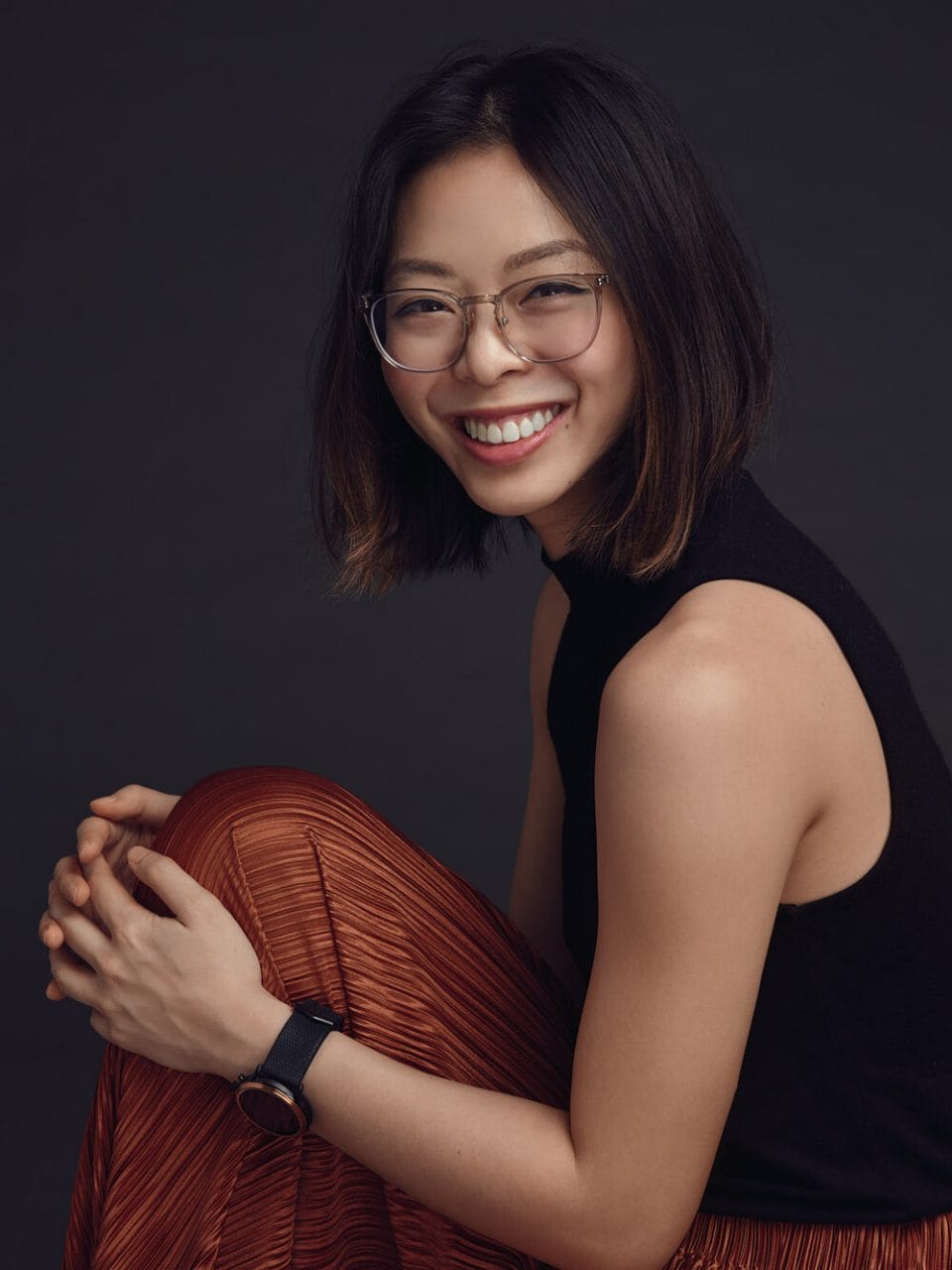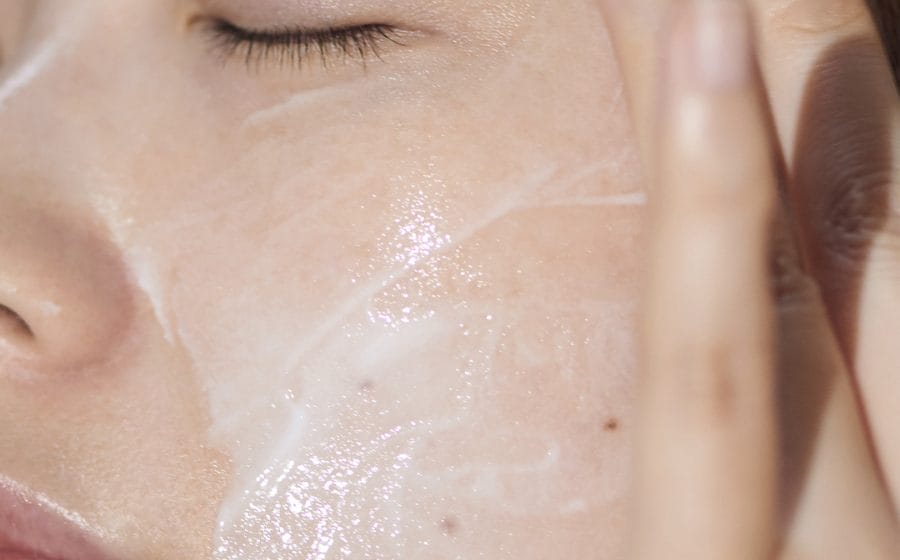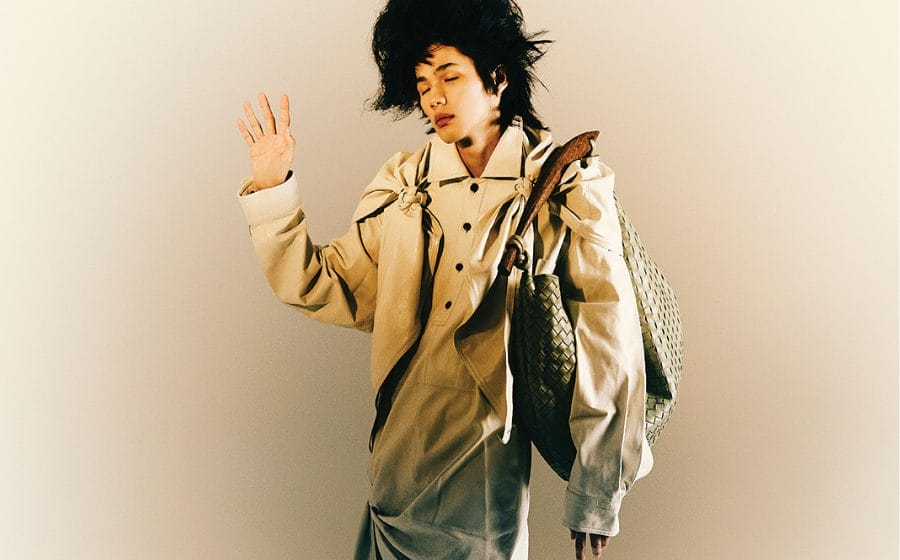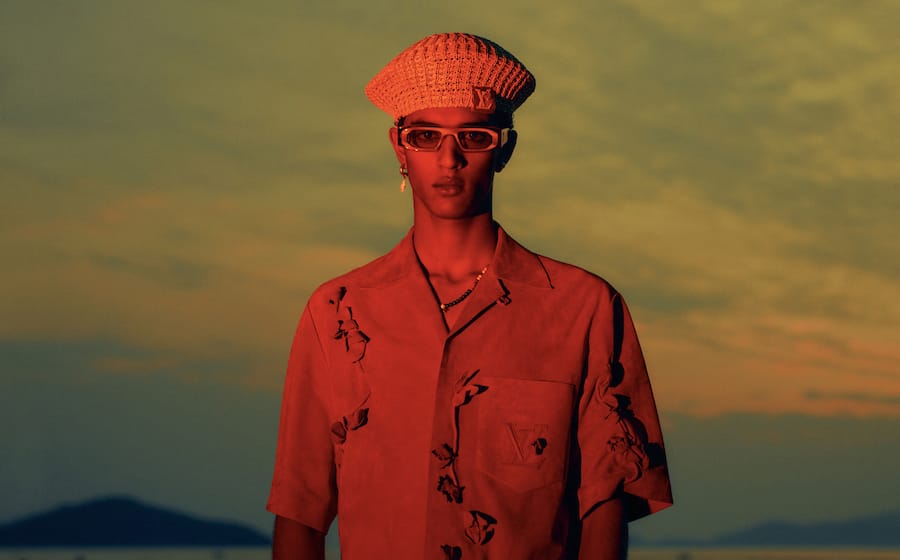
Lilium in Pearls II
When fashion is pushing its commercial viability by playing with trends, how does technology support this innovation? Is it beneficial for artists and illustrators to participate in this conversation as fashion creatives move their work from the physical to the digital space? How does that reflect on the state of fashion today? We invite Shavonne Wong, fashion photographer, 3D virtual model creator and NFT artist, as well as the first of four interviews in this series, to share a meta point-of-view of how this merging of worlds affects her, and the industries at large.
How did you start your foray into fashion through photography?
After graduating from polytechnic, I had a lot of free time, and I didn’t want to immediately find work because I also didn’t know what I wanted to do. I ended up flipping through fashion magazines, seeing some images and I thought to myself, that can’t be too hard. Famous last words. But I was always very attracted to the idea of creating fantasies, and I can do that in fashion.
There are so many other kinds of photography — landscape, documentary, events, but they’re all very much photographing and capturing reality. Even catalogue shoots — that’s to show what the clothes look like. The campaign is always about setting the mood: what is it that you want people to see your brand and register when they look at it? Looking at models makes me dream of myself wearing the same clothes, and this kind of dreaming is what got me interested in fashion photography.

So did your foray into the more digital side of things like with your virtual modelling agency come naturally?
It was really because of COVID—19. I figured, since I wasn’t able to work with real models, I’ll just make my own. And I think at heart, I knew I was a creative so I think being stuck at home and not being able to do something that I had used to express my creativity with for a decade forced me to find a different outlet. So going digital as the world was going super digital because of COVID—19 was a very natural route for me.
Was it very difficult to go from photography to 3D image-making?
A lot of skills are actually very transferable. Like the way I composite my camera — 10 years of learning lighting in real life made positioning in 3D very easy. And even posing my models came from experiences in shoots. If you look at my 3D work and my photography work, you will probably see a very similar visual style. What was difficult was learning how to make things 3D itself, since it was a whole new medium.
I also read that you tend to ‘future-proof’ yourself. How did you decide to create your own modelling agency, going from physical photography to full digital?
When I thought of the future when I was doing photography before COVID—19, I imagined a very futuristic world with little spaceships flying around with robots and where all the billboards are always digital. They’re always moving.
I felt like the world was going towards moving images because even on Instagram, a video catches your attention more than a still does. So I started to venture into doing a bit more video work. I also did this thing called “living stills” where I started to make my images move. So I think I had always been going towards this direction and the living stills were my first step towards it.
When COVID—19 happened, it made me rethink my career. The fashion industry really prides itself in being very trend-setting and forward-thinking, but if you really scrutinise the runway shows and campaigns, it’s always been kind of the same for the last decade. It’s also very interesting to see what can I do that’s different from everybody else. That was how I ended up here.
As a lot of big brands are creating their own NFTs and are taking on a lot of virtual collaborations, fashion seems to be trying to be more authentic with their creations. But “NFT” is also still quite a buzzword, and if that is why fashion is coming into the scene, they are still following their commercial values. What do you think?
If you look at the kids nowadays, there’s no online or offline. It’s very seamless for them to go see their friends on Fortnite, and then see them in school the next day. We don’t have much of a say either, since they are the next generation that will decide the future anyway. So looking at them, I believe that the future is going to be very virtual.
If that is the case, people will want to have virtual identities and NFTs will just be digital assets; art, music and fashion in the digital realm which represent who they are. NFTs are the underlying layer that makes a lot of sense to me. If this were to become something like emails, a part of our everyday now but not then, then it makes sense for the fashion industry to definitely go into it.
Obviously, the “Ready Player One” future is still quite a distance away but technology moves at such an incredible pace. Whatever we have in our phones now is better technology than what was sent to space. So if you want to be part of the future, you have to step into it right now. I think it makes a lot of sense for fashion to get into it. For me, choosing my character’s outfits in games is fun even if it does absolutely nothing for the game. It makes me happy, and what more for kids these days where their social life is also in this virtual realm. So I see a lot of potentials. You don’t have to worry about physical discomforts like things not fitting well or scratchy materials. It’s just a bigger expression of whatever you want to be too so I think it’s exciting.
Do you think going into the NFT space will change the way designers design clothes? Will they design for a different body? Or will it be the whole idea of wearing something different?
When I moved from photography over to 3D, I made it a point that whatever I created had to be something I will never be able to do with photography. I’ll have things go against physics by floating, have my models underwater or in space, or have makeup move across faces because I can. Otherwise, I can just do a photo shoot. Since I have been given the freedom to express myself in a way that I previously was not able to, then I should maximise this potential.
I feel like designers should see it that way too. When we first started in the NFT space, there were virtual galleries to showcase art. It was white cubes that you put art in which is exactly how art is shown in the physical realm. Why are we doing things in the same exact way when you have art that you can scale as large as you want or have it floating in the air? There’s so much more freedom. I think it’s for the creatives to figure out what can they do that they previously could not do with this newfound freedom.

The Shimmering Veil I
So do you create fashion NFTs differently for print, digital and Web 3.0 too?
Before NFTs were in the commercial realm, a lot of us were just labelled “creatives”. A photographer, makeup artist, videographer, graphic designer, and illustrator, were all creatives that worked for clients. But after going into the NFT world where we started selling work as personal work that was not client-led, we suddenly became artists. It’s very daunting to be vulnerable, but it feels great to finally have full control of everything.
Now, brands come into the NFT space and collaborate with us so we get a lot more creative freedom that way. I’ve only done 3D now for two and a half years, but whatever I’ve learned is according to whatever I wanted to do. For instance, if I want to make my model go underwater, I’ll just learn how to make an underwear scene. All the things that I’ve learned are rooted in what I want to create, as opposed to if I was a 3D artist in a studio who is forced to learn all the basics and foundations of things that you might not ever need. It’s just like learning math in school. I don’t know how to do differentiation but I learned it.
If more of these creatives become creators, do you think the relationship between brands and their collaborators will start to change?
I think it’s just having different choices. If a client is looking for a creative because they have a very strong idea of what they want, then working with a creative makes a lot of sense. But if you’re looking for something that’s a bit freer, opinions and ideas to add value to a project. I don’t think it’s a replacement of a creative with a creator. It’s just having different options available.
When talking about fashion, we can’t escape the word “trend”, something you also mentioned just now. What do you think about the idea of creating work that is independent of trends? Do you think NFTs and Web 3.0 are good platforms for this?
Ignoring trends is also a bit difficult because it’s as though you’re hoping that your collectors don’t live in the same world that relies on the same trends you do. The Web 3.0 space isn’t this magical haven for creatives. It’s basically still a reflection of what is in the real world. It’s just digital. The people in it are still affected and influenced by whatever trends are moving around the world. I think you have to be realistic and practical about it — you cannot totally ignore it. It is one thing to ignore that it is happening and another to see it happening and choose not to do anything about it and that’s not my style. If it goes against the integrity of what I do, then I think it’s a different story. But to not want to hear about it is a bit too idealistic.
Do you see instances of anti-trends being embraced on Web 3.0?
If an “anti- trend” really works, then more and more people are going to pay attention to it which eventually makes it a trend. So if it is good, then people will be drawn. I think that’s what’s very interesting about crypto in the NFT space. It used to be this little bubble of dorks and nerds doing whatever they wanted to do but then people started paying more attention and it started gaining more popularity — I don’t think trends are something that is controllable.
With an industry as big as fashion coming into an existing community of creatives, do you think this will affect the way all they work? Will the industry help make the crypto movement mainstream?
In the NFT and crypto space, I think you definitely need the big brands to come in for it to become mainstream. But some people just don’t want to share the space because it’s their little baby — I don’t think that’s how it works. So that’s your opinion, but the world moves on and I feel like it will likely go mainstream.
Big brands do still have a place in the movement though. People rely on things they trust, like how people who wear Zara go back to buy clothes because it fits them. Or, they always go to this one bank because they are familiar with the people there. There’s already a level of trust with these familiar brands, so if the brands are the ones that foray into the NFT space, it’s easier for them to do the same. Rather than onboarding myself in this crazily complicated process with no idea what the end goal is for me. I think these brands also provide an end goal to enter the NFT space. If not, there’s no reason for them to get into it.

The Kiss.
Previously, it was like a freer space where you can be whomever you are but now that there are big money players, is it a viable business opportunity?
I would say so although last year was definitely a little bit crazy. It was unrealistic for the hype to continue on, but as with all things, the interest will bob up and down as more get into the space. A lot of creatives felt like people were spending money on profile pictures over art, but to me, technology was never made for art — we were just very lucky. And as the space expands more, the pie just gets bigger so everybody has more to eat from. I think it’s just viewing it from different perspectives.
As someone who has already been in a space for a while, what is some advice you would want to share with someone who wants to get into NFTs?
The space is very, very confusing. It’s a very big void of confusion so I would say the best thing is to really find a community of friends to join. I’m part of NFT Asia, a committee of Asian artists who does NFT stuff. You need a community to be able to ask stupid or beginner questions and also because the space is filled with scammers.
Also, join Twitter. The original collectors of NFT were all from the crypto side and crypto lives on Twitter. So if you want to be an NFT artist selling to crypto collectors, you have to be on Twitter. However, it is a bit of a black hole because the algorithm is terrible so you need friends who support you. You support others, and then they support you back. That’s kind of how you get started.
Once you’re done with this story, click here to catch up with our October 2022 issue.








